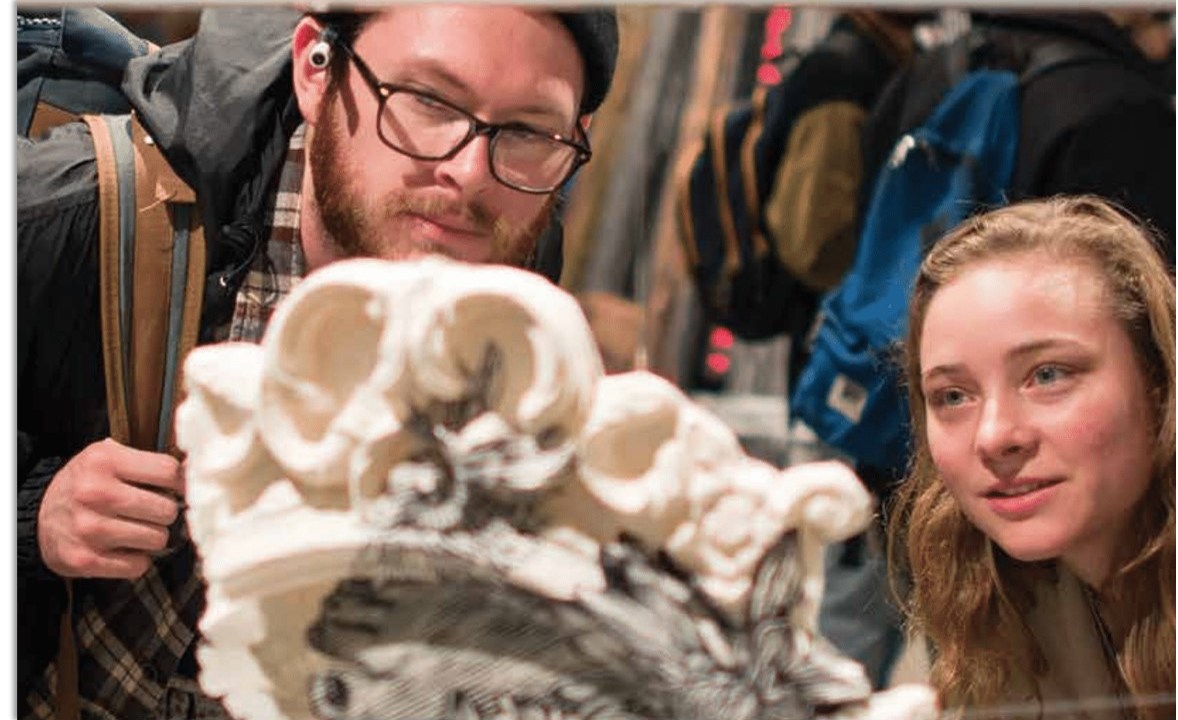
This article originally appeared in the January/February 2022 issue of Museum magazine, a benefit of AAM membership.
The AAM Museum Assessment Program inspired the Janet Turner Print Museum to expand its programming, collection, and collaboration with campus and community groups.
At the Janet Turner Print Museum at California State University Chico (the Turner), we have recently updated the mission statement, created a strategic plan, made significant progress digitizing the collection, built an acquisitions endowment focused on diversifying our permanent collection, and received approval for a full-time curator position. The catalyst for these significant and deliberate strides toward museum excellence? Our participation in AAM’s Museum Assessment Program (MAP) Organizational Assessment in 2017–2018 and a follow-up visit with our peer reviewer in fall 2020.
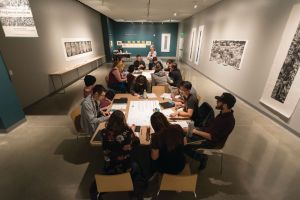
MAP is a national, voluntary program that helps museums strengthen operations, plan for the future, and meet standards through self-study and a consultative site visit from an expert peer reviewer. The program offers several assessment types that focus on multiple aspects of museum operations, allowing participants to work on various methods of self-improvement. The Organizational Assessment is a basic strategic and holistic assessment that helps a museum look at its operations primarily from the perspective of how well activities, resources, and the mission align with each other and with professional ethics, practices, and standards.
The Turner was created in the early 1980s with a significant donation of prints from late emeritus professor and artist Janet Turner as well as several donor-funded operations endowments. The Turner is led by an advisory board of directors, the dean of the College of Humanities and Fine Arts at California State University Chico, a director of special projects, a part-time curator, a collection manager, and student assistants and interns. Over the years, the museum had been housed in several non-museum-designed spaces on campus. In 2016, after significant fundraising and advocacy, the Turner moved into a brand-new campus building with a large and museum-specific gallery, a professional archive to house the more than 4,000 prints in the collection, and a library.
This move has been transformative and motivated our application for a MAP Organizational Assessment. We now have spaces designed specifically for the needs of our art museum and archive, including research, exhibition, and collection management spaces with appropriate temperature control and security. Further, the museum is now located at the gateway of campus and downtown Chico, which has provided exciting opportunities to expand our programming, collection, and collaboration with campus and community groups and to refocus on our museum leadership and strategic plan.
Improving Through the Process
The MAP process includes a workbook and activities, which required our stakeholders to come together to reflect on our current program and governing structure and allowed our advisory board and university leadership to clearly see the strengths, challenges, and goals of our institution. This process improved the overall communication among stakeholders as well as our ability to explain our significance to a larger audience of university and community members.
In particular, the in-depth site visit by our peer reviewer, Lisa Tremper Hanover, retired director and CEO of the James A. Michener Art Museum and then interim director of operations at Berman Museum of Art at Ursinus College, provided the Turner with a detailed road map of the next steps to professionalize our practice and lead the museum to greater prominence.
Tremper Hanover’s generosity and enthusiasm, combined with her insightful knowledge of similarly sized university museums, helped us articulate and begin to achieve our goals. For example, she made several recommendations to help our museum qualify for AAM accreditation: drafting a strategic plan to achieve our mission; hiring a full-time curator; securing other stable funding sources; expanding the membership, diversity, and fundraising capacity of the advisory board; and utilizing AAM membership to access key resources, such as the Core Document Verification program.
Based on the recommendations contained in Tremper Hanover’s final report, the Turner began to address the key report findings, beginning with the approval of an updated mission statement and five-year strategic plan. The new strategic plan focuses on the museum’s collection, program, organization, community, and identity with clear commitments and priorities. For example, we are working to enhance the diversity of our permanent collection, and we have renewed the commitment of museum founder Janet Turner to honor the full scope of printmakers’ voices and techniques. We are also focused on investing in the care of the collection and expanding access and education by completing a digital archive, for which we have received a $100,000 grant from the Henry Luce Foundation.
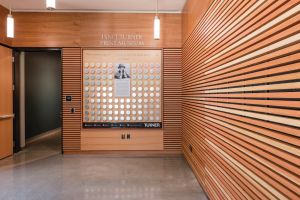
Additionally, with a fresh sense of purpose, the board of directors has spearheaded efforts to build an acquisitions endowment that will sustainably expand the collection in the future. In the past few years, the Turner has intentionally acquired the work of socially engaged and BIPOC (Black, Indigenous, and people of color) artists. In 2021–2022, the Acquisitions Committee is committed to purchasing prints by contemporary Native American artists. We have also doubled our efforts to work collaboratively with local museums, such as the Museum of Northern California Art; the Chico Area Museum Alliance; and our campus galleries, libraries, archives, and museums (GLAM) to build stronger community partnerships and invite diverse perspectives to enrich interpretation of, and experience with, the collection.
Further, the conclusions of the MAP Final Report contributed to the Turner’s successful request to increase the curator position to a 12-month, full-time position. This will help the Turner achieve its potential, providing the museum with appropriate staffing and leadership for years to come.
The Benefits of MAP
An unexpected benefit of the Museum Assessment Program was how much the process assisted our transition online when COVID-19 forced the closure of our physical gallery space from March 2020 until our reopening in June 2021. Having a clear sense of our mission, priorities, and messaging streamlined our ability to redirect resources toward virtual exhibitions and engagements, including the creation of online exhibitions and artist talks and working with community partners to widen the impact and relevance for our audience.
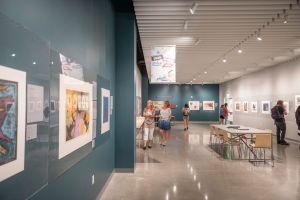
In making this pivot to virtual programming, we expediated our strategic priority to increase access to the collection, resources, and programming. Prior to the pandemic, we hosted more than 1,000 K–12 students per year for personalized visits to our physical gallery and archive. During the closure we moved quickly to partner with another museum in our area to produce take-home art kits and provide online activities and resources for teachers and families. Tracy Butts, dean of the College of Humanities and Fine Arts, notes, “While the Janet Turner Print Museum temporarily closed its physical gallery due to the pandemic, it continued its mission unabated throughout 2020 and 2021, creating outstanding virtual exhibitions, hosting significant public events, and sharing its collection with new audiences on social media.”
The MAP process has given us a clear sense of goals and priorities, which has helped the museum secure internal and external funding and support donor-cultivation efforts. For example, we successfully applied for an emergency grant from the federal Higher Education Emergency Relief Fund (HEERF) by showing our connection to the university’s priorities of equity, diversity, and inclusion and our strong commitment to provide access to the museum collection for a wide and diverse audience. With HEERF support, we will be able to purchase upgraded equipment to continue our digital archiving and a 360-degree camera to provide high-quality and freely available online versions of all exhibitions. This will permanently institutionalize our commitment to increase access and opportunity for diverse audiences, ensuring that we can maintain the best aspects of our COVID-19-inspired virtual events and exhibitions.
The pandemic has had a devastating impact on so many arts organizations. Being able to effectively tell our story—and what our museum provides to the community—has been a crucial factor in our ability to innovate and connect with new audiences during this time, including artists and alumni who do not live in Chico and schools throughout Chico State’s vast and rural service region. Many of the initiatives identified in the MAP process had been long-term goals, but the in-depth consultation and analysis that occurred through the process have helped us better see the holistic connections between our mission and program aspirations and then develop a plan to achieve specific goals.
Next Steps
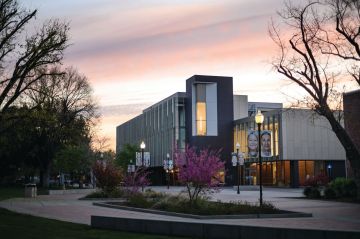
We are a stronger organization after completing the MAP process, and we continue to benefit from more effective communication with museum stakeholders. The Turner is driven to make our collection and exhibitions welcoming and accessible for diverse audiences of all ages in our local community and beyond. We are proud to acknowledge our progress as well as the work we still need to do to fully realize this goal.
The Turner is now working toward AAM accreditation, which is, as Tremper Hanover notes, “a pinnacle achievement for museums. It signals a high standard of operation recognized by peers, collectors, donors, and funding agencies, among other constituents.” We have more steps to take on this journey, but this lofty aspiration feels possible after the work we have done during, and as a result of, the Museum Assessment Program. The Turner is highly motivated to continue progressing along the continuum of excellence to increase the impact of our programming and collections and reach our full potential.
Resources
The Janet Turner Print Museum Strategic Plan








Great article… How wonderful!!
While 2020 – 2021 was a huge challenge, looking forward we are grateful and thank all the energies contributing to The Turner!